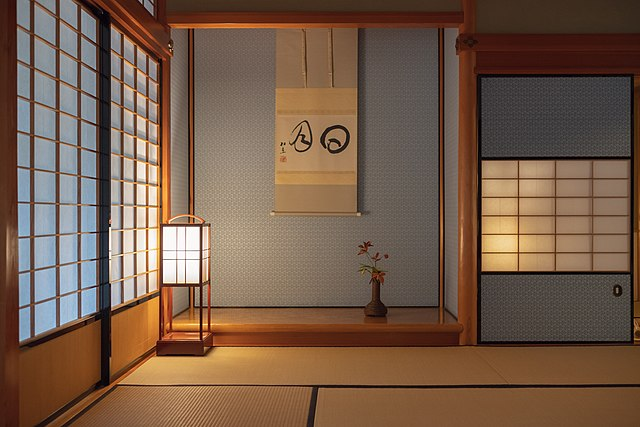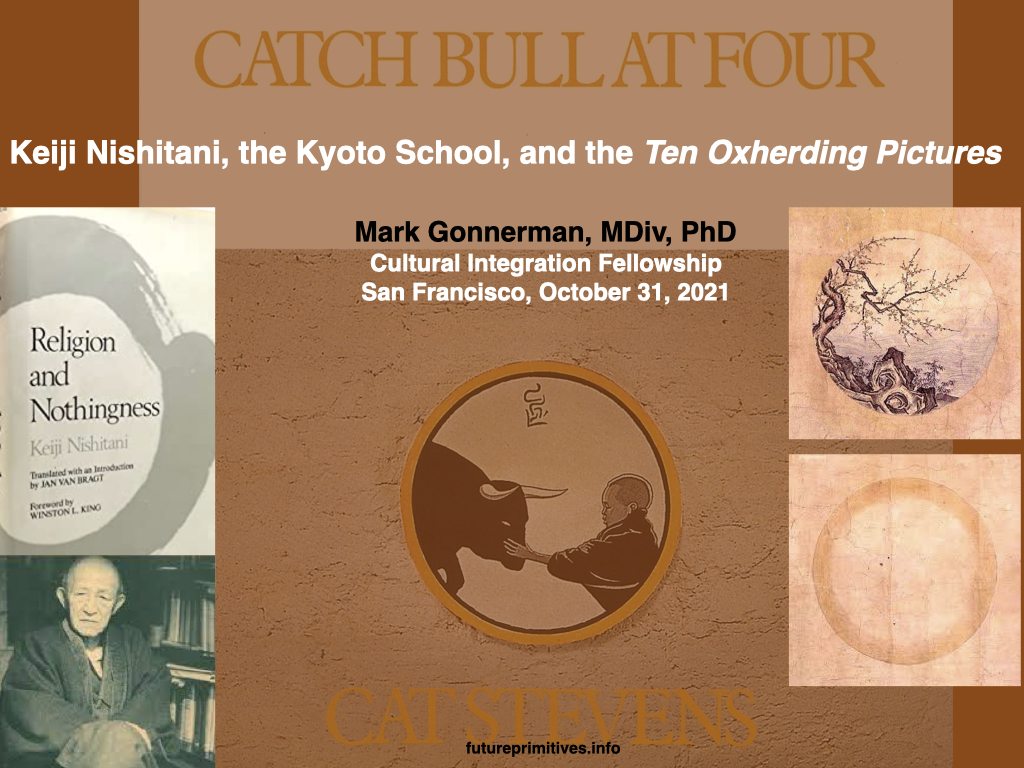I recently gave a talk at the Cultural Integration Fellowship in San Francisco where I introduced the work of Keiji Nishitani (1900–1990) to a congenial and informed community of people interested in comparative and cross-cultural studies in philosophy, religion, cultural psychology, and the arts.
While working on this, I became aware of an essay by Nishitani on the character of beauty in ikebana (生け花), “The Japanese Art of Arranged Flowers,” where the philosopher writes:
First of all, the beauty expressed in ikebana is created to last only for a short time. Such art changes with the season and reveals its beauty only for the few days after the flowers and branches have been cut. It is, by its very nature, something temporary and improvised. The essential beauty lies precisely in its being transitory and timely. It is a beauty which embraces time, a beauty which appears out of the impermanency of time itself. People who arrange flowers understand this. The pleasure found in creating such beauty might even be in proportion to its temporal character.
It proved difficult to track down the translation by Jeff Shore that appeared in the Chanoyu Quarterly 60 (1989): 7–16. Eventually I found a reprint of this in a book, World Philosophy (1995), but that too is not easy to find, but for the Internet Archive!


